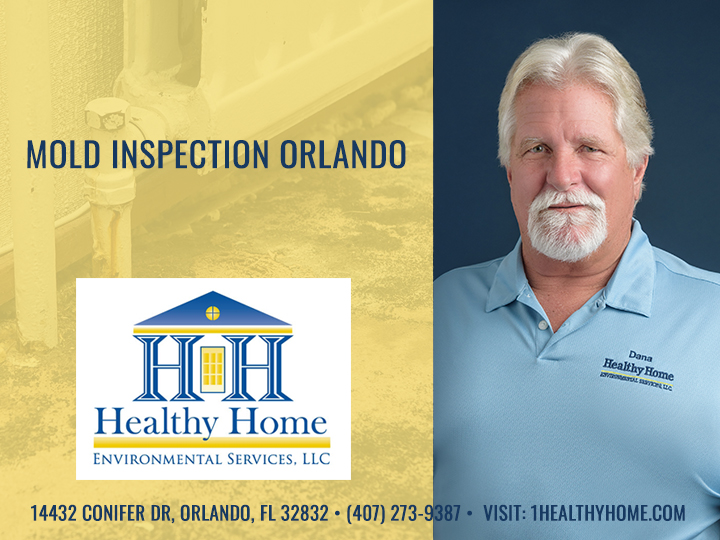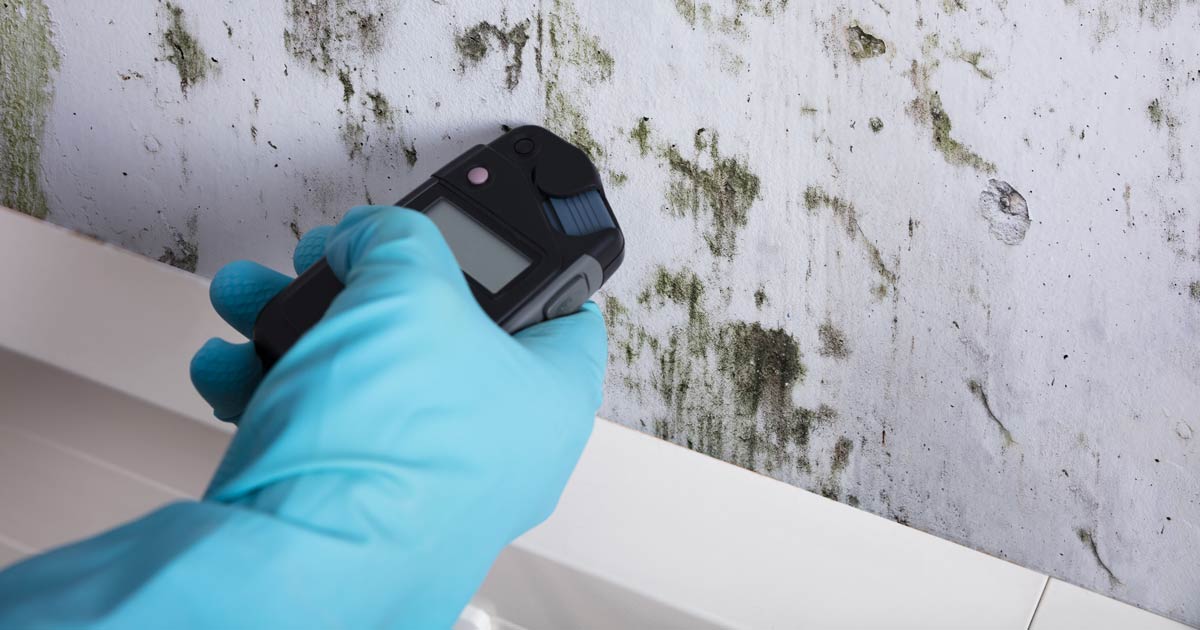Mycotoxin testing Services: Making certain Top Quality and Safety And Security in Your Supply Chain
Mycotoxin testing Services: Making certain Top Quality and Safety And Security in Your Supply Chain
Blog Article
Why Mycotoxin Testing Services Are Important for Protecting Public Wellness
The value of mycotoxin screening solutions in safeguarding public health can not be overstated. Mycotoxins, hazardous compounds produced by fungi, position major health risks such as liver damages and cancer cells when present in food and feed. By identifying and minimizing these risks with routine testing, we can prevent polluted items from reaching consumers. This not just makes certain compliance with rigid regulative standards but additionally reinforces consumer self-confidence and preserves the honesty of the farming sector. Recognizing the devices and advantages of these testing solutions opens a critical discussion regarding their role in public health and wellness defense.
Comprehending Mycotoxins
Recognizing mycotoxins is vital for making certain food safety and security and securing public health. Mycotoxins are toxic compounds produced by specific kinds of fungis, frequently discovered in food and feed plants.
The existence of mycotoxins in foods items can compromise their safety and security and quality. They are resistant to traditional food processing methods, thus persisting in the food supply chain and posing prospective threats. Regulatory bodies worldwide, such as the Food and Agriculture Organization (FAO) and the Globe Health And Wellness Company (WHO), have established strict limitations on acceptable levels of mycotoxins in foodstuff to alleviate their damaging impacts.
Efficient mycotoxin management includes detailed tracking and testing to spot and quantify their levels in agricultural items. This aggressive technique aids in recognizing polluted batches early, thus stopping their introduction into the market. Implementing rigid mycotoxin controls is vital for maintaining food safety criteria and safeguarding customer health.
Health And Wellness Threats of Mycotoxins

Exposure to mycotoxins postures considerable wellness threats to both human beings and animals, requiring cautious surveillance and control actions. These harmful additional metabolites, produced by particular fungi, can contaminate food and feed, bring about acute and persistent wellness concerns. In humans, mycotoxins such as aflatoxins, ochratoxins, and fumonisins can cause a variety of unfavorable results, including liver damage, kidney poisoning, immune suppression, and even carcinogenic results. Aflatoxins have been identified as Team 1 health hazards by the International Firm for Research Study on Cancer (IARC), indicating a tested web link to liver cancer.

Provided these extreme health and wellness consequences, it is critical to execute durable mycotoxin testing protocols. Accurate detection and quantification of mycotoxins in food and feed are necessary to reduce wellness dangers and make certain animal and public safety.
Common Resources of Contamination

In addition to cereals, nuts such as almonds, pistachios, and peanuts are highly vulnerable to mycotoxin contamination. Aflatoxins, a potent type of mycotoxin, are typically found in these nuts, specifically when storage space conditions are suboptimal. Dried fruits, including figs, raisins, and apricots, likewise existing productive grounds for fungal growth as a result of their high sugar material and moisture-retaining properties.
Additionally, contamination is not limited to raw agricultural items. Refined foods, pet feeds, and milk items can additionally have mycotoxins if the first components were polluted. This extends the risk of direct exposure throughout the food supply chain, demanding rigorous surveillance and control actions.
Comprehending the usual resources of mycotoxin contamination is vital for executing effective preventative techniques. Reducing these risks at the resource can substantially minimize the incidence of mycotoxin-related wellness issues, protecting public health.
Testing Techniques and Protocols
Reliable mycotoxin monitoring rests on the accuracy and integrity of screening approaches and protocols. Advanced logical techniques are employed to discover and evaluate mycotoxins in numerous substrates, making certain public wellness security. High-Performance Fluid Chromatography (HPLC) coupled with mass spectrometry (MS) is a gold requirement in mycotoxin screening, delivering high level of sensitivity and specificity. This approach enables the accurate discovery of numerous mycotoxins in intricate matrices, such as food and feed products.
Another widely made use of method is Enzyme-Linked Immunosorbent Assay (ELISA), which offers quick testing and is affordable for large sample quantities - Mycotoxin testing Services. ELISA sets are helpful due to their simplicity of usage and quick turnaround time, making them ideal moved here for on-site screening
Experiencing protocols are equally important. Correct tasting makes sure that the accumulated samplings are depictive of the entire set, thus lessening the danger of false negatives or positives. Adherence to established guidelines, such as those offered by the International Company for Standardization (ISO) and the European Board for Standardization (CEN), is necessary for maintaining uniformity and dependability across testing methods.
Extensive recognition of these techniques and methods is important. It makes certain reproducibility and precision, thereby strengthening the stability of mycotoxin management like this systems.

Advantages of Routine Checking
In the world of food security and farming quality control, the advantages of routine mycotoxin screening can not be overemphasized. Regular testing makes sure that agricultural products fulfill safety and security requirements, consequently safeguarding consumers from the hazardous effects of mycotoxins, which consist of liver damage, immune suppression, and even cancer cells. By identifying polluted batches early, regular screening enables timely treatment, preventing such items from entering the food web.
Additionally, routine mycotoxin testing is essential for keeping the honesty and track record of food producers and vendors. Companies that dedicate to normal screening demonstrate their commitment to public health and food safety, thereby acquiring customer trust and loyalty. This positive strategy can likewise minimize monetary losses connected with product recalls, lawful obligations, and possible trade constraints.
Routine mycotoxin testing makes sure adherence to global and national guidelines, check it out facilitating smooth trade procedures and market accessibility. Inevitably, normal mycotoxin screening not just shields public health and wellness but likewise fortifies the economic security and international competitiveness of the farming industry.
Conclusion
Mycotoxin testing solutions play an essential duty in public health protection by determining and minimizing the threats positioned by harmful fungal substances in food and feed. By detecting contamination early, these services avoid serious wellness issues such as liver damages and cancer, guaranteeing compliance with governing criteria. Regular screening boosts consumer trust fund, sustains the integrity of the agricultural field, and inevitably adds to the protecting of food safety and security and public health.
The significance of mycotoxin screening solutions in securing public health and wellness can not be overemphasized.Recognizing mycotoxins is vital for guaranteeing food security and safeguarding public wellness. Mycotoxin testing Services. Regulatory bodies worldwide, such as the Food and Agriculture Organization (FAO) and the Globe Health Company (WHO), have actually established rigorous limitations on acceptable degrees of mycotoxins in food products to reduce their unfavorable effects
Ultimately, routine mycotoxin testing not just protects public wellness yet likewise strengthens the economic security and worldwide competitiveness of the agricultural industry.
Mycotoxin testing solutions play a critical role in public health and wellness security by determining and reducing the dangers posed by poisonous fungal substances in food and feed.
Report this page